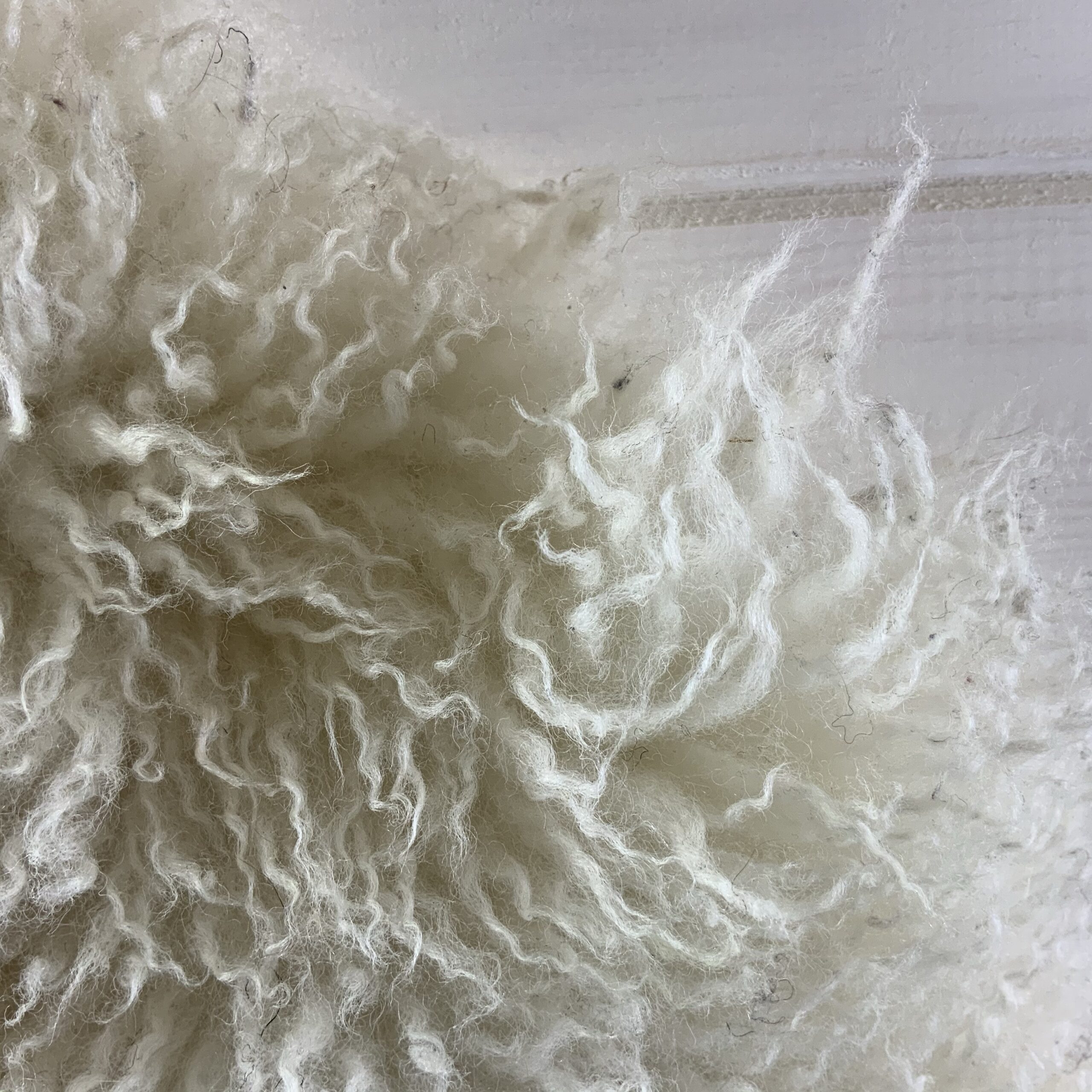Can you wash a sheepskin at 60 degrees Celsius? (140 Fahrenheit)
Can you wash a sheepskin at 60 degrees?. Will a sheepskin survive a very hot wash? A customer emailed in to see if sheepskins can be washed at 60 degrees Celsius. Her local dust mites had proven to be awful house guests and had been haranguing her child with their irritating metabolic habits. Would a sheepskin survive the very hot washes needed to interrupt the dust mite lifecycle, she wondered?
Great fleas have little fleas upon their backs to bite ’em,
And little fleas have lesser fleas, and so ad infinitum.
And the great fleas themselves, in turn, have greater fleas to go on;
While these again have greater still, and greater still, and so on.
We normally suggest folks keep the temperature down to 30 degrees Celsius in order to prevent the hairs from felting together. We’ve worked safely and diligently in trying to prevent it happening. But we hadn’t actually properly destruction tested it like good scientists. With nothing more complex than a domestic washing machine we set about heat testing an old sheepie, right up to and beyond its safe limits.
Hair today, gone tomorrow.
From the back of the car came this little spotty, not awful but getting there, and into the machine it went (along with the usual powder). Unusually (because I tend to reduce temperature by habit) I set the dial to 60 degrees Celsius. Prior to this test I would have assumed that this temperature was already way too high.

In the wet felting process, hot water is applied to layers of animal hairs, while repeated agitation and compression causes the fibers to hook together or weave together into a single piece of fabric
Bearing in mind that celebrity chefs are cooking tiny beef joints at less than 60 degrees with nothing but a layer of clingfilm to keep them safe, I think the sheepskin did pretty well. That said, I would rather eat the beef. The sheepskin hide has stiffened up noticeably, this even happens at lower temperatures and I wonder if it means much at all? I suspect not. A good wrestle and a shake out and it’ll be right in no time. But herein lies another issue. Actually, a fundamental issue.
Splitting hairs.

What does worry me is the effect of heat on the proteins that comprise each hair. With the application of heat, the proteins shorten and become more brittle. In an egg this can be seen as the white turns opaque in the pan, and the whole cooked egg gains more solidity than before. A cooked egg will split apart quite readily, as its proteins are shorter, harder, and more brittle – my concern is that the same things are happening to the hairs on the sheepskin.
all are of the dust, and all turn to dust again

Before brushing, the frizzle can be seen clearly helping to cause clumping. We have created with heat and agitation a light felting. For obvious reasons we cannot recommend washing your sheepskin at this high a temperature. For less explainable reasons (possibly even superstitious) I personally won’t recommend washing sheepskin over 30 degrees. This could be more a hang up about using less energy than undue concern for sheepskin hair integrity.
Did the kid get the sheepskin, or not?
Well, it’s not my place to be recommending sheepskin to a mother trying to minimise dust mites. My own theory is that the felting would increase over washes, but whether that’s true or not there is no way a sheepskin can reduce dust or dust mites. I hope you can see from the images on this page why 60 degrees is too high. What I think will happen is the hairs will become brittle and the sheepskin will shed hairs. This is not a disaster in its own right, in fact we boast that sheepskins are 100% biodegradable, but this does nothing to minimise dust mites.
If there is something that would ensure a dust mite free fleece without the heat I’d be interested to hear about it – and if there’s something you’d like to know about sheepskin, I’ll do my best to answer!

